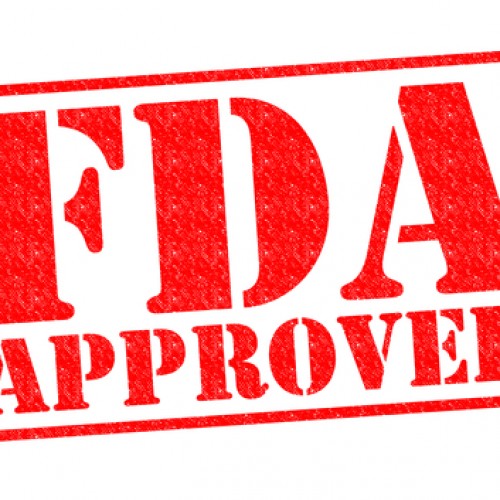Food producers have to keep up with new FDA standards when packaging and labeling their products. There is a lot to know regarding food labeling regulations and requirements and this may be sometimes overwhelming for companies who have to go through pages upon ages of food packaging legalese. This article will provide an FDA guide for food labels that is simplified and condensed to help food producers understand the regulations and requirements they have to meet when designing labels for food products.
Principle Display Panel (PDP)
This refers to the part of packaging that consumers see first when a food product is still on the retail shelf. If there are two or more surfaces that are visible from the shelf, they are referred to as alternate PDPs. For a PDP to be approved by the FDA, it has to include net quantity statement (amount of packaged content) and statement of identity (What is packaged). In case a product has alternate PDPs, both of these statements should appear on each of them.
Information Panel
The information panel is required to be placed on the right side of the PDP. There are restrictions to adding any other information or design elements between the information panels. The information panel content has to follow these requirements:
Name and address of the producer, packer or distributor: A food product should clearly indicate the name and address of the manufacturer on the information panel. If a packer is the one doing the labelling, they must include the firm’s relation to the product, for example, “distributed by” or “manufactured by”. If the product originates from US, there is no need to indicate this on the panel but you have to include the city or town and state in the address. All imported food products should indicate the country of origin.
Ingredients: The ingredients should be listed according to their weight from the greatest to the least. This information should appear on the same panel as the name address. You can choose to place ingredients before or after the name and address and nutrition facts. You have to ensure that you list all the main ingredients and sub-ingredients in order of greatest to the least.
Allergen labelling: There are a number of ingredients that are considered as allergens by the FDA. The eight major allergen ingredients include soya bean, peanuts, wheat, tree nuts (be specific about the type of nuts), crustacean shellfish, fish (must list species), egg and milk. The FDA requires producers to list major food allergen adjacent to or immediately after ingredients. The text size should be as big as the ingredients text. When including advisory allergen labelling, use factual wordings like “Contains” instead of “May contain”.
Nutrition Facts: The nutrition facts should be listed in a linear format. These facts can be placed on any panel on the package. The numerical value for calories should be the largest information in the table. You should call out any added sugars.
Labeling Area
The FDA regulates that the labeling area should exclude unusable areas such as necks, shoulders, closures and flaps. If you still need more information on FDA regulations on food labeling, contact a seasoned label printer to help you make sure your food products meet the set standards.







